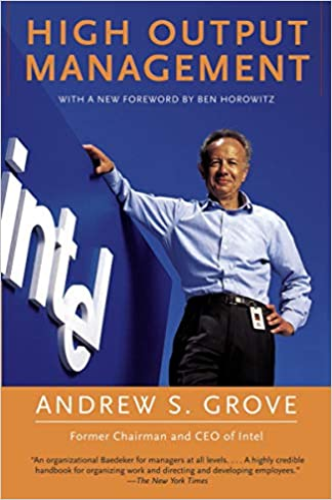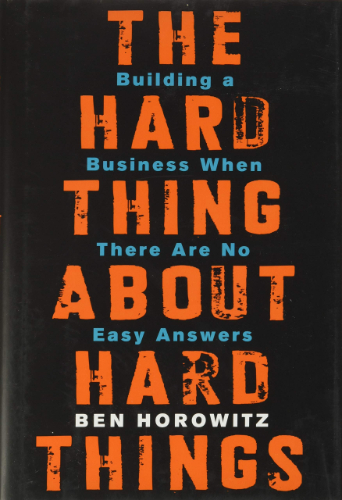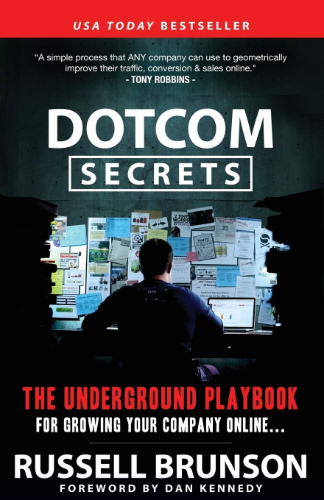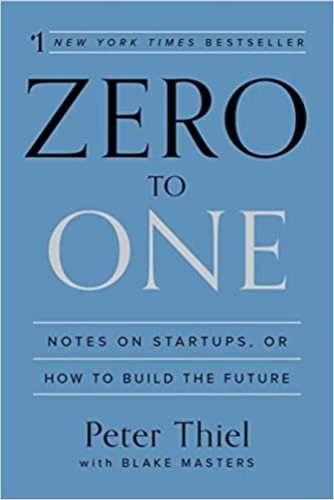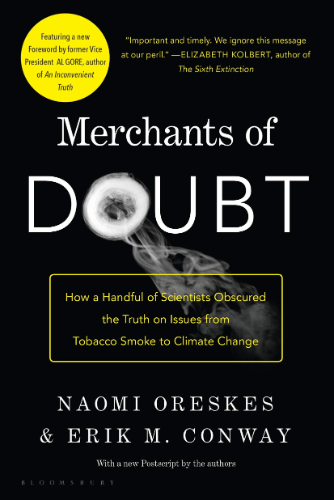Built to Last: Successful Habits of Visionary Companies by Jim Collins & Jerry I. Porras: Summary and Notes

One sentence summary: Jim Collins and Jerry I. Porras spent close to a decade studying some of the most successful companies in the world. Their dedication paid off in the form of a book that explains the success behind 18 visionary companies such as HP, Sony, and Walmart.
One paragraph summary: Although they recommend their book to all entrepreneurs and executive managers, Jim Collins and Jerry I. Porras didn’t expect millions of copies in sales. But there is every reason to love Built to Last the book contains timeless lessons on creating visionary companies. Jim and Jerry also burst 12 long-standing myths about successful companies that you are sure to love.
Favorite quote from the author:
The first time I read Built to Last ,I was in awe. I kept saying to myself, “wow, that’s some great thinking!” For instance, it seems logical enough to expect that it takes a great idea to start a great company, but apparently, that’s a myth and one of the most pervasive.
You don’t need a great idea to start a company. You don’t even need a great product. Sony, the Japanese behemoth, is an excellent example of this rule. Did you know that Masaru Ibuka and Akio Morita considered selling bean-paste and golfing equipment? Imagine Sony selling bean products! What a waste right? Not really, Jim and Jerry don’t see businesses that way. They say that visionary companies don’t limit themselves to one great idea. They are adaptive and are driven by allegiance to core ideologies, not belief in any one product.
Another great example is Apple. The company is now known for the iPhone and iOS, but the Apple wasn’t always that way, and no one expects it to remain stuck on the iPhone. In the future, Apple might be a leader in autonomous vehicles. Why? Because their core ideas transcend any one product, and that’s what matters.
The myths that the book bursts are many, and I think we should present them as lessons you can apply as you seek to turn your company into something exceptional.
Key takeaways from: Built to Last: Successful Habits of Visionaries Companies
-
You don’t need a great idea to start a visionary company
-
Charismatic leaders are great but not a must
-
Visionary companies are ideology-driven. Money is one factor, but not the most important
-
There is no “right” set of core values for visionary companies
-
Visionary companies are not for everyone
-
Visionary companies make some of their best moves by experimentation, opportunism, and by accident
-
Visionary companies focus primarily on beating themselves
Lesson 1: You don’t need a great idea to start a visionary company
It might surprise you to learn that the founders of HP, Bill Hewlett and Dave Packard, were just two friends looking to start a business together. They didn’t start by selling computers or any other electronic equipment. Instead, what they had was a vision and a set of core ideologies they wanted to implement. By consistently applying them, they were able to turn HP into a giant. Similarly, Sam Walton didn’t conceive Walmart in one go. All he had was a strong passion for the retail industry. Walmart grew from this love.
As Simon Simek says in Start With Why , the thing that matters the most is a sound reason to start. As long as you know why you are in business, you will always find a way forward. That’s why Jim and Jerry advise against waiting for a great idea. Imagine Steve Jobs waiting around for the light bulb moment that inspired the iPhone, it would never have happened. Why? Because the iPhone is not just one moment of brilliance, it is an entire history of experience, experimentation, and many false starts.
The point is, allow yourself to stumble upon success. Let the process shape your great ideas.
Lesson 2:Charismatic leaders are great but not a must
Even I fell for this myth. I always thought that you needed people like Steve Jobs or Elon Musk to inspire others, but it turns out you don’t. Do you know what’s more important? Someone with strong organization orientation. If they are charismatic, it can only help, but without a strong focus on organizational goals and long-term commitment, no other type of leadership can create an outstanding business.
Jim and Jerry say that this type of leadership is especially needed in the formative stages because that’s when the core values and strategic objectives get laid down. Also, that’s when the business is at the greatest risk of failing, meaning that tenacity and a strong commitment to progress are needed the most.
That said, if you think about it, does it mean that uncharismatic fellows like you and I should not start businesses? Hell no
Lesson 3: Visionary companies are ideology-driven. Money is one factor, but not the most important
Read the mission statements of the following companies:
“To empower every person and every organisation on the planet to achieve more.” —
Microsoft
“To make the best products on earth, and to leave the world better than we found it.” —
Apple
“We're committed to building a road to space so our children can build the future.” —
Blue Origin
What do they have in common? They go beyond the goal of making money. To visionary companies and individuals, money is a means to a different end and not the end in itself. The best example I can think of is that of Elon Musk. Elon has committed all his earthly possessions to the goal of making humans a multiplanetary species. His money means nothing if it is not going to be used in achieving that objective.
That’s the secret really. If your company can commit to something larger than yourself, you will surely prosper.
Lesson 4: There is no “right” set of core values for visionary companies
You would think that visionary companies (VCs) share the same core values; they don’t. Every company operates differently from the other, and each has its core ideology. What VCs have in common are a set of key characteristics that make them stand out in their respective industries. These characteristics are:
-
Building clock, not time telling:Builders of VCs are clock builders, not time tellers, with their most significant contribution being the founding of the company
< -
BuildingMore than profits:Vcs are in it for more than just profits. Most want to make a lasting impact on the planet
-
Preserve the core but simulate progress:All VCs have a core ideology they promote and preserve. At the same time, they are willing to embrace change in line with their core ideologies
-
Big Hairy Audacious Goals (BHAG):Most VCs have big audacious goals. Think of Space X’s mission to make humans a multiplanetary species
-
Cult-like cultures:VCs are not cults perse, but they do require a high level of commitment from everyone
-
Try a lot of stuff and keep what works:VCs have high levels of experimentation. They don’t get stuck on any single product
-
Homegrown management:VCs depend heavily on homegrown management because it helps them preserve their core ideologies
-
Good enough is never is:VCs have a culture of continuous improvement. They are always looking to get better
Lesson 5: Visionary companies are not for everyone
One of the more impressive myths that Jim and Jerry burst is that VCs are great places to work. They are not. The reality is, they place a very high level of expectation for everyone involved, and if you don’t believe in what they are doing, chances are you won’t survive long in the company
We should expect this because not everyone agrees with the core ideologies and values of their workplace. Companies like Apple, Sony, Tesla, Google, etc., all appear as super attractive workplaces, with great compensation and perks, but if you are not there to advance their core mission, it will be just another boring workplace for you.
Lesson 6: Visionary companies make some of their best moves by experimentation, opportunism, and by accident
Recall that the founders of Sony considered selling sweetened bean paste and that the creators of HP had no idea what they to do? Jim and Jerry say that it is tempting to think of VCs as places where everything happens according to plan, but nothing could be further from the truth.
Take Jonhson & Johnson as an example; the company only started selling baby powder —their signature product — after receiving a letter from a physician who complained about skin irritation. On the other hand, Sony didn't start selling transistor radios until Masaru Ibuka visited the US, and who knows what would have become of the company if he hadn’t.
What VCs have over other companies is the capacity to recognize opportunity and to seize the moment. But the thing is, you can’t take advantage of an opportunity if you have nothing going on. I think that’s why Jim and Jerry stress that the most critical decision is to get started and not sit waiting for a great idea. Great ideas will find you as long as you have a platform where they can flourish. You will find a similar idea in tons of books, including Hacking Growth, and Traction
Lesson 7: Visionary companies focus primarily on beating themselves
The thing about VCs is that they compete with themselves. They may exist in saturated markets, but their main focus is not impressing the competition or making tons of money. Jim and Jerry imply that their primary focus is bettering their best. In other words, they don't rest easy
They do this by fostering a culture of innovation, experimentation and by setting audacious goals. They are not afraid to try new things or to risk failure. A great example comes from Sony’s experience with the Walkman. The company’s CEO offered to resign if the walkman was not a success, and guess what? It went on to sell hundreds of millions of products. That’s a critical difference between VCs and other companies. While VCs welcome failure, other companies just want to stay in their comfort zone.
Wrap Up
Like Built to Last: Successful Habits of Visionary Companies is hands down of the best business books ever. What I liked the most about the book is the depth, Jim and Jerry did a fantastic job researching visionary companies and what makes them tick.
Who Would I recommend the Book To?
Jim and Jerry recommend their book to every entrepreneur out there. Who I’m I to say otherwise? But I also believe that even if you are not looking to start a business or already running one, Built to Last can still be interesting as it is a book on what works. In other words, the principles it presents transcend well beyond the world of business.
GET THE BOOK ON AMAZONRate this book!
This book has an average rating of 5 based on 2 votes.








